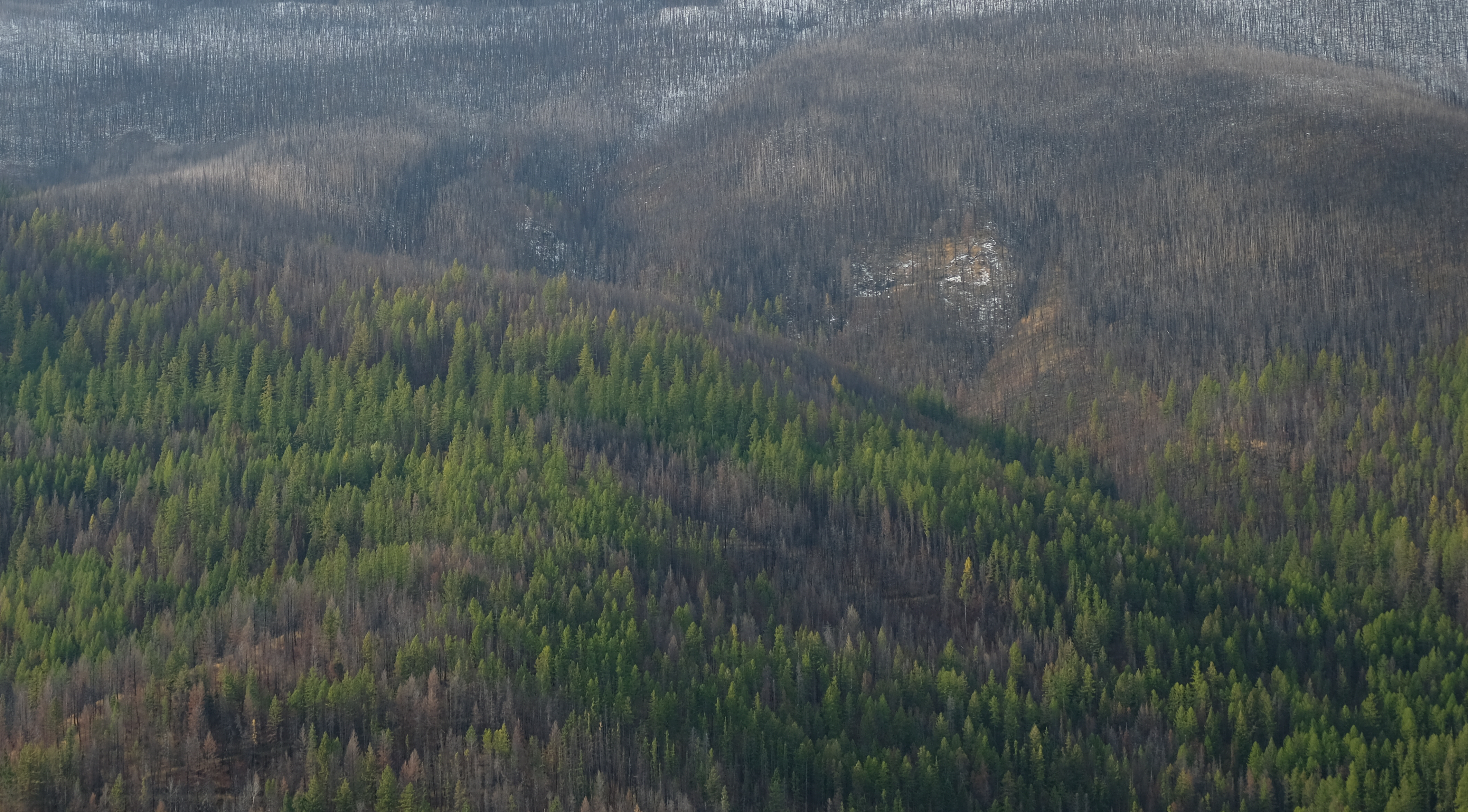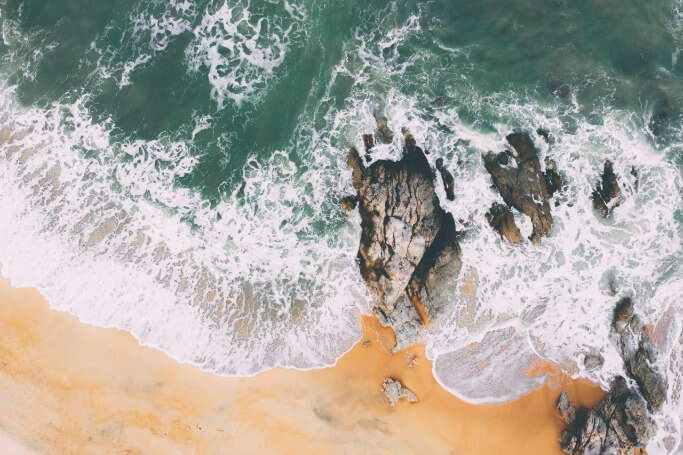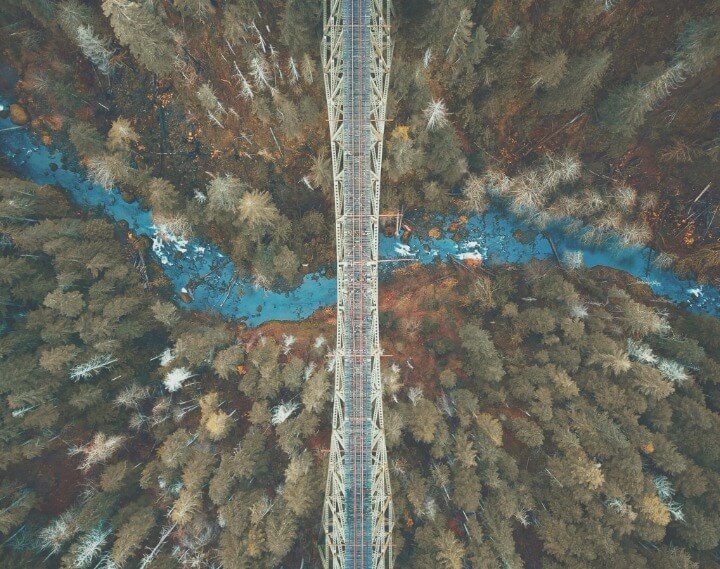Practice is core to our work. Our trainings revolve around hands-on exercises and feedback in a supportive setting, and are unique in that the practice and feedback comes from trusted partners from other fields, such as journalism, policy, and community leadership. These experts work closely with scientists in small groups and one-on-one as they practice communicating.
But a challenge that we still face, along with the rest of the science communication training field, is that it’s often ‘all scrimmages, no games.’ All the practice in the world will never have the same impact as actually having a conversation, or several, with the people you’re trying to reach. It’s tricky because organizing these “games” requires knowledge of the scientists and their work, an opportunity to engage with their audiences, and a lot of trust from the scientists that we’ve got their backs and won’t abandon them in uncharted territory (perhaps literally).
This past October, we decided to make some “games” happen. We crafted an event that combined practice and real-world stakes, and put our own COMPASS twist on it. Meg had previously trained a group of scientists studying different facets of wildfire in Montana – everything from fire ecology, to water quality, to recreation and human behavior – and we thought they’d be a great group to tap for something a little different.
We also reached out to our Montana journalist network to see if there were places where we could help bridge gaps between wildfire science and decision-making in the state. We learned that, while national media attention around wildfires has increased in recent years, local journalists often don’t have the same resources and access to scientists, even as communities face decisions about how to handle longer, more intense, and more hazardous wildfire seasons in their backyards. We saw a need and an opportunity to connect local journalists to local scientists studying wildfire and its impacts on nature, people, and systems. We decided to host a field trip, because everyone loves field trips, right?
We began with an afternoon training session for eight scientists, and brought in two journalist experts to help identify their core messages and practice how to share them in a field setting. The scientists self-organized and developed short ‘pair presentations’ tailored to specific sites along the field trip that illustrated key points. That evening, we held a social gathering for the scientists with five local journalists that we’d invited for the field trips, then the next morning, we set out for a half-day excursion to the Lolo Peak Trailhead in the Lolo National Forest. This area was in the heart of the Lolo Peak Fire, which impacted local residents with evacuations and smoke for over a month in the summer of 2017.
From our perspective, the field trip was a success – the scientists did an incredible job, the journalists asked fantastic questions, and we all got there and back again in one piece, despite 11th-hour changes in our mode of transportation (originally we were going to fly in small planes! but the weather didn’t cooperate), last minute-adjustments to the rosters of both scientists and journalists due to illness, and the possibility of getting stuck in a minivan on a Forest Service road (some of the potholes were epic).
But the true test after a training or event is always what the other people involved thought of it…especially several months after the fact. Sarah checked in with two of the scientists and one of the journalists to find out.
How was this field trip useful to you?
Amanda Eggert, journalist: It was incredible to have such open access to these scientists, especially in a format where they felt comfortable to share about their work. It can be tough for scientists to speak candidly about their research, particularly if they’re working for a federal agency, so it was great to have that immediate sense of rapport.
It was great how COMPASS brought together scientists from so many different disciplines. Social scientists, natural resource ecologists, wildfire ecologists, each brought a unique perspective to wildfire. It was also great that it was held outside in a setting where many of the scientists were actually doing their research. They were more excited, and it was more engaging to speak with them as a journalist. We do so much reporting over the phone, it was great to be out in the field.
Dr. Phil Higuera, fire ecologist: Every journalist brings a different perspective based on their own curiosities or style, so being around several journalists at once was really helpful. I was already familiar with the Lolo Peak Fire, so it was particularly interesting to see how the different journalists had different questions about it.
Dr. Libby Metcalf, recreation management and social-ecological systems scientist: The two-day event was actually really helpful in that we did classroom time, we got the facts, information, developed the key pieces and nuggets of info that we needed, and then we were able to apply it outdoors. That two-day breakdown, half-day on either side, really helped us take the idea in the classroom and apply it directly.
Working in pairs to speak at specific places helped us weave together the stories of our science and connect our work. One of the things that was fascinating to me was watching how my colleagues were able to use the natural resources and landscape to illustrate what they were saying. I hadn’t really thought of that before, but I was inspired by my colleagues to use these visuals and descriptions to make things come to life. I stood by a hiking trail with a sign to talk about recreation, and it made a difference.
What made this different from ways you normally interact with scientists/journalists in your job?
Amanda: It was great to have a group of scientists together. When they’re among their peers and colleagues, their conversations take on a new depth that’s interesting to see. Starting the evening before with a social hour that was more casual was also a great way to foster conversation through the whole experience.
Phil: A lot of times, if you have a paper or something, you have maybe a handful of interactions that are all very quick, and inevitably at the end you’re thinking ‘I should have said this’. It was really useful to get exposure to multiple journalists in a lower-pressure situation. I hear them on the radio or see their bylines now, and know I could reach out if I had something that might interest them.
What was also useful about this event, was the diversity of colleagues on the scientist side. We’re all thinking about wildfire, but I found it really useful to have scientists who are working on wildfire from multiple perspectives involved. It allowed the journalists to ask a broader range of questions and get answers right then from people doing the work. That helped me appreciate the breadth and the scope of a story that a journalist is interested in going after.
Libby: It was just fun! Being outdoors inspires me and builds excitement. Any time you take learning into the field, it is a million times more impactful than being in the classroom. Doing this on top of my previous COMPASS training, it really built on that and solidified my experiences. It was fun, and the social times when we weren’t ‘on’ and could connect with the journalists personally were really great to build trust and get to know each other—and it was a lot easier to do that outside.
Thanks to Amanda, Phil, and Libby for both being involved in this field trip and sharing their thoughts afterwards! We look forward to finding more creative ways to help scientists spark conversations about their research and what it means for society.



